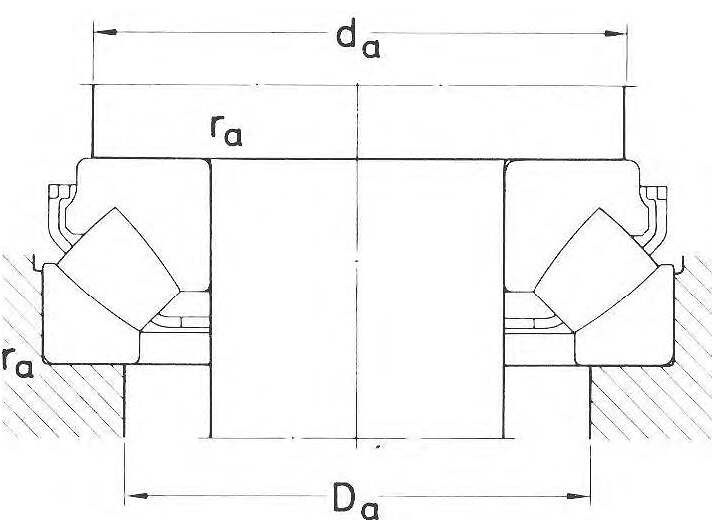Stainless steel 316 Thrust bearing units
316 stainless steel axial thrust bearing units for heavy loads
The EXV thrust flange thrust bearing unit is a new type of bearing unit from the range Extreme Bearing products. Type EXV thrust bearing units are designed to bear and supports heavy axial loads or loads parallel to the shaft axis. This complements the product range because the EXV bearing blocks go much further in carrying very large axial loads. Also in this range can be choosed for one of our proved housing seals. Click here to read more about our bearing housing seals.

Because lots of people use other terms for thrust bearing units, we have here a list with the synonyms of it:
- SS thrust bearings
- Stainless steel axial bearings
- Corrosion-resistant thrust bearings
- Stainless steel thrust washers
- SS axial bearing assemblies
- Anti-rust thrust bearings
Note: The term “SS” is commonly used as an abbreviation for “stainless steel”.

Stainless steel thrust bearing units are a versatile and durable solution for applications where reliable support for axial loads is required. Made from high-quality stainless steel, these bearing units are designed to withstand harsh environments and resist rust and corrosion, making them ideal for use in marine, food processing, and outdoor machinery applications.
With their high heat resistance and improved durability, SS thrust bearing units provide long-lasting performance, even in tough conditions. Their precise and efficient design ensures smooth operation, reducing friction and wear, and providing reliable support for your equipment. And, with their stainless steel construction, you can rest assured that your bearing units will last, providing you with peace of mind and a smart investment in your equipment.

Closed back
Our EXV SS thrust bearing units could be delivered with a close end cap on the flange side.

Spherical roller thrust bearing
Have a spherical track and are self-aligning, as are the self-aligning radial bearings; slight misalignment of the shaft in relation to the bearing housing can therefore be tolerated.
The axial load capacity is very high and, in contrast to the other axial bearings, they can also absorb a certain simultaneous radial load. They allow relatively high speeds.















